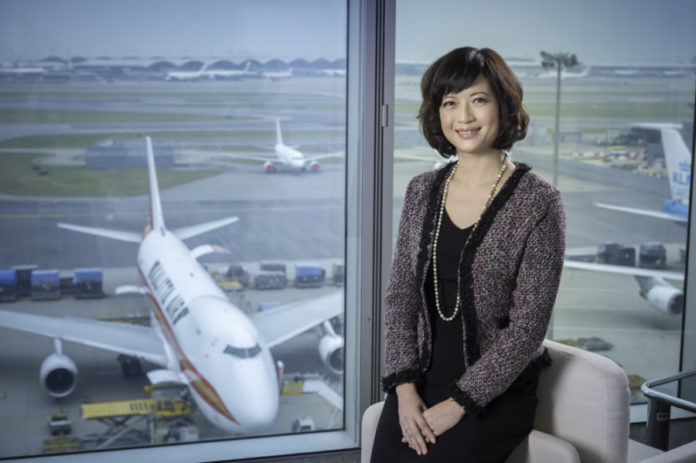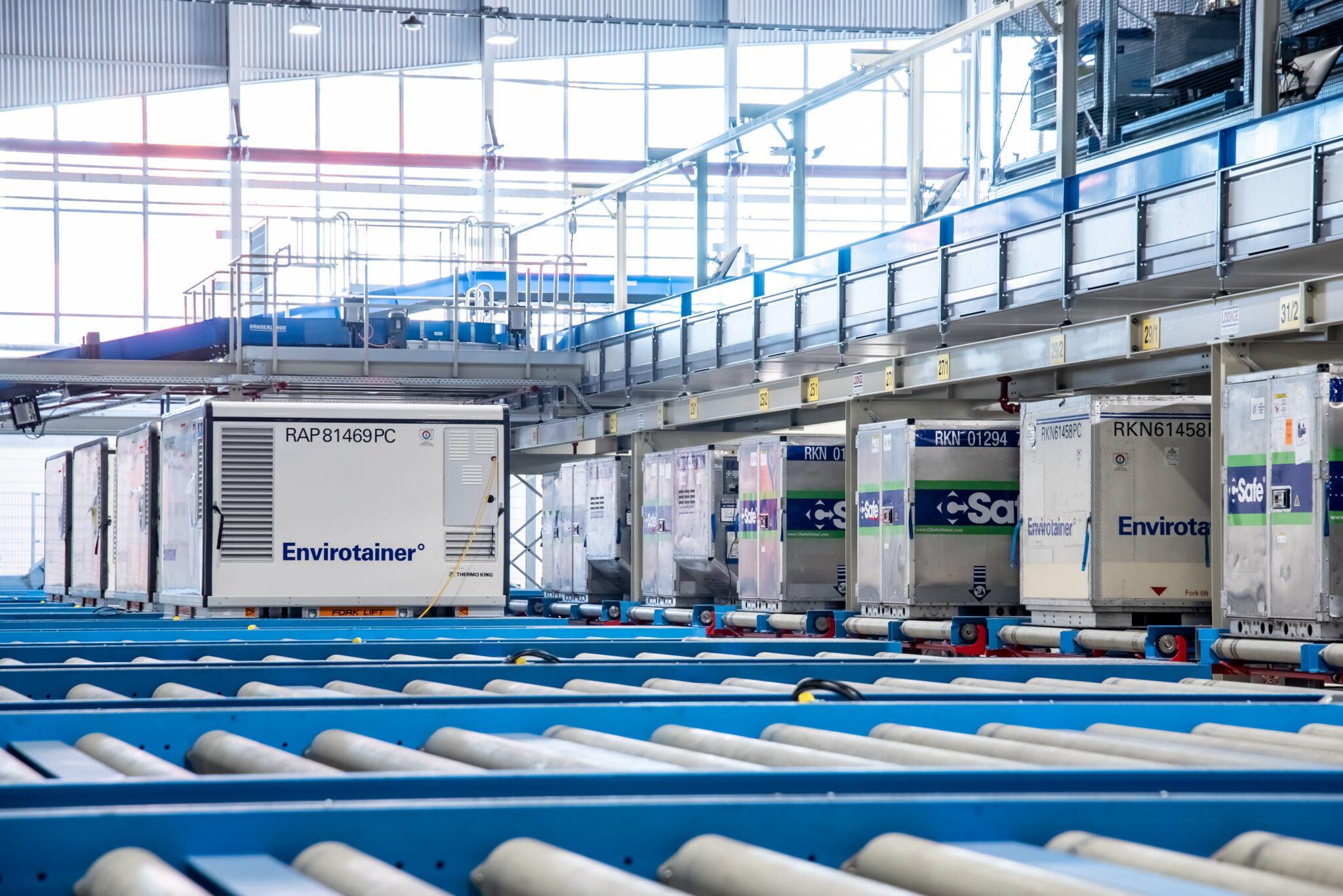

Air cargo traffic growth throughout Asia and on the transpacific picked up again in March following weak growth and a somewhat lethargic pick up after the Chinese New Year (CNY) period in mid-February. But make no mistake the transpacific is as solid as ever, Donald Urquhart reports.
The transpacific, perhaps the grand-daddy of all the trade lanes, certainly lived up to its reputation last year, particularly during the peak season where the it was ‘no-holds barred’ on the booming trade between Asia, China in particular, and North America. And there’s no sign of the let up, with the transpacific continuing to deliver the cargo flows.
“We have seen robust production driven by market strength, particularly on exports from Asia, with cargo volumes up over 10 per cent year-over-year, says Delta Cargo director Asia cargo sales, Eric Anderson. “The US economy has kept consumer sentiment at high levels which have contributed to the higher demand for goods produced in Asia, particularly from China, Japan and South Korea.”
When one thinks of the transpacific, there is tendency to think Asian carriers, the big maindeck operators and for good reason as they carry the lion’s share of cargo across the vast Pacific Ocean.


One look at a key US gateway airport, Dallas/Fort Worth International Airport (DFW), for instance paints this picture very clearly. Among the Asian maindeck operators calling at the airport, the top half-dozen include the likes of (in order of cargo magnitude): Cathay Pacific, EVA Air, Korean Air, China Airlines, Singapore Airlines and Nippon Cargo Airlines. All told, freighter tonnage makes up nearly 80 per cent of DFW’s Asian cargo.
Bellies remain full
But it would be a mistake overlook the vast belly cargo tonnage operated by both these same Asian carriers, as well as the North American carriers, like Delta Cargo out of its Atlanta hub. But over at DFW, in order of contribution, the top transpacific belly carriers serving the Texas hub are: American Airlines, Japan Airlines, Korean Air and Qantas.
Belly tonnage comprises nearly 20 per cent of DFW’s Asian cargo and all together, belly and maindeck, Asian cargo represents nearly 25 per cent of DFW’s total cargo tonnage – not a trivial figure. And for these transpacific carriers, last year was indeed a good year, with Delta Airlines Cargo saying 2017 was a “very successful year on the transpacific”. “While demand strength had improved versus prior years, we directly benefited from investments which Delta is making in the Pacific,” says Anderson.
These investments include both aircraft, such as the deployment of the carrier’s new A350-900 and the launch of new services such as its non-stop Seoul-Incheon to Atlanta in June 2017. “While 2018 has been different than 2017, we think 2018 will be another successful year for Delta Cargo in the transpacific,” Anderson adds.
This demand he says is wide ranging with “healthy growth” from across Asia, with Northern Asia demand from China, Japan and South Korea, as well as Southeast Asia. “Our global network allows Delta Cargo to tap into growth as export demand fluctuates across the region.”
The transpacific trade for Delta Cargo will get another boost come this July when the carrier launches its new Shanghai-Atlanta non-stop service, which will become the third non-stop market between Asia and Atlanta, complementing Seoul and Tokyo.
“In addition to these new routes, we will continue to introduce our newest A350 flagship aircraft, which is enabling Delta to carry up to 80 per cent more cargo,” Anderson says.
In January 2018, Delta launched its third A350 market, Beijing-Detroit, complementing daily service between Tokyo/Narita-Detroit and Seoul/Incheon-Detroit. In March, it deployed the A350 on Seoul/Incheon-Atlanta, as well as upgraded our Hong Kong-Seattle flight from the A330-200 to the B777-200. In April, it deployed the A350 on Shanghai-Detroit.
“Delta continues to make growing investments in Asia-Pacific and we look forward to our customers benefiting from this expanded footprint,” he says.
Growth remains healthy
Meanwhile, on the other side of the ‘pond’, Hong Kong Air Cargo Terminal Ltd (Hactl) also has been enjoying robust transpacific tonnage as part of the industry’s overall sustained growth since the end of 2016.
Transpacific volumes have remained healthy when comparing Q1 2018 vs Q1 2017, according to Hactl, which sees nearly 37 per cent of its cargo volumes coming off the transpacific trade.
“We believe the strong US economy, strong momentum in international e-commerce and the growing transportation of time- and temperature-sensitive goods such as pharmaceuticals will help to underpin air cargo growth,” says Hacis managing director, Vivien Lau, who is also executive director, Hactl.
Indeed Delta Cargo is equally upbeat saying US demand is driving a strong flow of goods from Asia Pacific, specifically IT, e-commerce, machinery and automotive.
Anderson notes that Delta Cargo is also seeing growth in Pharma shipments, particularly after receiving IATA’s CEIV certification last year.
“Delta Cargo is able to facilitate the shipment of pharmaceuticals through our temperature controlled facilities at Delta Cargo Pharma certified airports utilising either active containers or passive packaging.”












